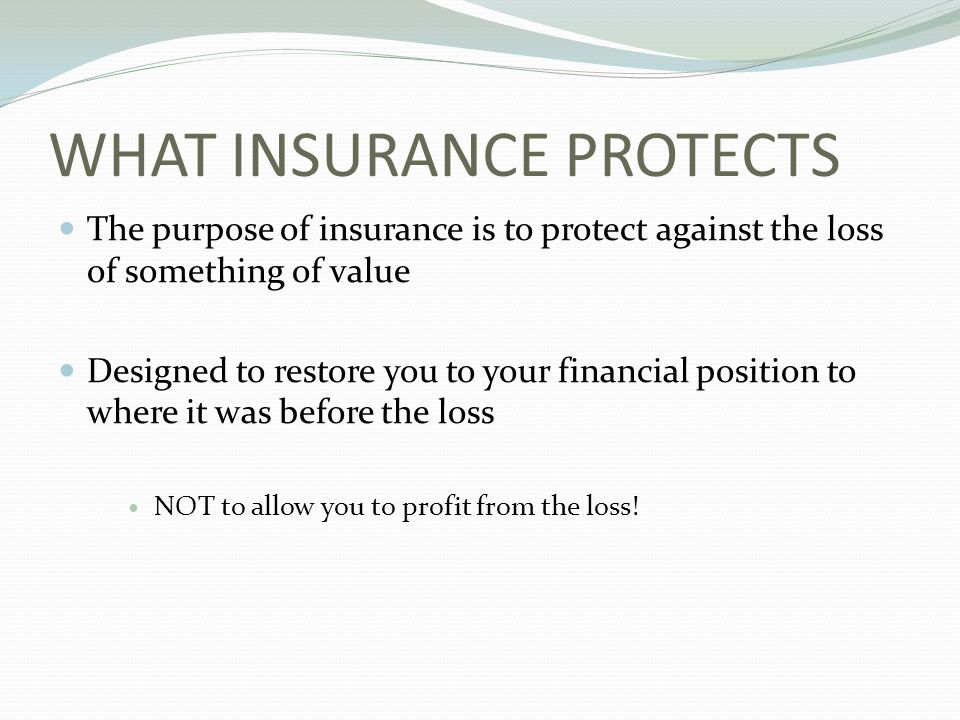The 20-Second Trick For Pacific Prime
Wiki Article
3 Easy Facts About Pacific Prime Explained
Table of ContentsThe Basic Principles Of Pacific Prime How Pacific Prime can Save You Time, Stress, and Money.The Basic Principles Of Pacific Prime The 8-Minute Rule for Pacific PrimeSome Known Questions About Pacific Prime.

This is since the information were collected for a period of solid economic performance. Of the approximated 42 million individuals that were uninsured, all however concerning 420,000 (about 1 percent) were under 65 years of age, the age at which most Americans end up being qualified for Medicare; 32 million were grownups in between ages 18 and 65, about 19 percent of all adults in this age group; and 10 million were kids under 18 years of age, concerning 13.9 percent of all youngsters (Mills, 2000).
These estimates of the number of persons uninsured are produced from the yearly March Supplement to the Existing Populace Survey (CPS), performed by the Demographics Bureau. Unless otherwise kept in mind, national price quotes of individuals without medical insurance and percentages of the population with various type of insurance coverage are based on the CPS, the most widely used source of estimates of insurance coverage and uninsurance prices.
The Of Pacific Prime

Still, the CPS is particularly helpful because it creates annual estimates reasonably quickly, reporting the previous year's insurance policy coverage estimates each September, and due to the fact that it is the basis for a constant set of estimates for even more than two decades, enabling analysis of fads in insurance coverage over time. For these factors, in addition to the comprehensive use the CPS in various other research studies of insurance protection that are presented in this record, we rely upon CPS quotes, with limitations kept in mind.

The quote of the number of without insurance people broadens when a population's insurance standing is tracked for several years. Over a three-year duration starting early in 1993, 72 million people, 29 percent of the U.S. https://penzu.com/p/79996ae8dade0171. population, lacked protection for at the very least one month. Within a solitary year (1994 ), 53 million people experienced at the very least a month without protection (Bennefield, 1998a)
Six out of every 10 without insurance adults are themselves utilized. Although working does boost the chance that one and one's member of the family will have insurance, it is not a warranty. Also members of family members with 2 full time wage income earners have nearly a one-in-ten opportunity of being uninsured (9.1 percent without insurance price) (Hoffman and Pohl, 2000).
Some Known Questions About Pacific Prime.
New immigrants make up a considerable proportion of individuals without medical insurance. One analysis has attributed a considerable part of the current development in the dimension of the united state without insurance populace to immigrants that arrived in the country between 1994 and 1998 (Camarota and Edwards, 2000). Recent immigrants (those that concerned the USA within the past four years) do have a high rate of being uninsured (46 percent), but they and their children account for just 6 percent of those without insurance country wide (Holahan et al., 2001).The connection in between health and wellness insurance coverage and access to care is well developed, as recorded later on in this phase. The relationship in between wellness insurance global health insurance policy and health and wellness results is neither straight neither straightforward, an extensive medical and health and wellness services research study literature links health and wellness insurance protection to better accessibility to care, far better quality, and enhanced individual and populace wellness standing.
Degrees of analysis for taking a look at the effects of uninsurance. It focuses especially on those without any health insurance for any type of size of time.
The Single Strategy To Use For Pacific Prime
The problems encountered by the underinsured are in some aspects comparable to those dealt with by the uninsured, although they are usually less severe. Wellness insurance coverage, however, is neither essential nor sufficient to gain accessibility to clinical services. The independent and direct result of health and wellness insurance coverage on access to health services is well established.
Others will certainly acquire the health and wellness treatment they require even without medical insurance, by spending for it expense or seeking it from suppliers that offer care cost-free or at highly subsidized prices. For still others, health insurance coverage alone does not ensure receipt of treatment due to the fact that of other nonfinancial obstacles, such as an absence of health care service providers in their area, limited access to transport, illiteracy, or etymological and social differences.
Pacific Prime Fundamentals Explained
Official research about uninsured populations in the United States dates to the late 1920s and early 1930s when the Committee on the Cost of Healthcare produced a series of records about financing doctor office check outs and hospital stays. This concern became salient as the numbers of medically indigent climbed during the Great Anxiety.Report this wiki page